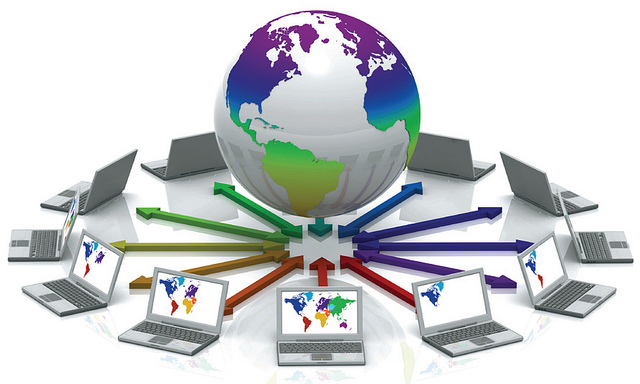We all know that technology plays an important role in making life easier and smarter. It has, in fact, opened up new worlds for every individual who uses it. However, have we ever thought how the ability to access technology influences our lives? It has been observed that globally there has been an increasing population in the differently abled section. People with disability are in need to access technology as much as everyone else does. Thanks to ‘the accessibility testing services’, which has made impossible things possible. Today, technology is serving all special needs, thereby, inspiring lives of the disabled with due care.
With technology taking new roads into newer applications and domains, making the products handy for everyone has become very important. The government has made it mandatory to include Section 508, DDA, WCAG, Screen Reader and VPAT Reporting, thereby, enforcing practices to regulate accessibility engineering in the product expansion.

Ability Access Technology
The focus is to enrich lives of the disabled, which they had never ever imagined. There are several types of research from where a few important statistics has come up. For example, in 2015, as per WHO (World Health Organization), almost 15% of the population had disability and half of the number was reported as major disability and, thus, the value of accessibility testing services gradually started growing.
New World of Accessibility Testing
It has been noted that with the advent of technology, individuals with special needs have started using special techniques like screen magnification software, screen readers, special keyboards for communication, speech recognition software, and other works and personal fulfillment requirements. There are still many websites or online portals, which are not user-friendly to the users with disabilities.
Accessibility Testing services not only focus on the users with various severities and disabilities but also those with limited reading abilities, color blindness, limited infrastructure, equipment, access and limited computer literacy.
Forms of Accessibility Testing Services
Manual and web accessibility testing are the two important methods to test the user-friendliness of an application.
The former is one of the best and safest techniques, which helps in deciding the ease of access to a web page. In fact, the accuracy of such results exclusively depends entirely on the understanding of the tester. With the help of the manual testing service, a tester can come to a decision whether or not an image has an expressive text related to it.
The latter guides the disabled people to access the web. To be precise, web accessibility means people with disabilities can recognize, identify, interact and navigate accordingly with the web. This is not just limited to the disabled people, but also the older people with varying disabilities due to aging. This form of accessibility service is very significant these days because of its several benefits.
Importance of Accessibility Testing
Using a combination of automated and manual testing techniques provides detailed accessibility testing, thereby, building applications and meeting the industry standards. In order to take a rational test on accessibility, employ a few visually challenged people and see the result. There is a four-step approach towards accessibility, which includes project assessment, training, testing, compliance documentation, certification & support.
Web Accessibility Guidelines play a very important role in accessibility testing. This is a set of definite rules making web content handy to people with disabilities. To be precise, there is a list of guidelines defined by diverse countries. Among them, WCAG and Section 508 guidelines are mostly accepted accessibility standard guidelines, which are in use today.
People with disability use Assistive Technology (AT). The different Assistive Technologies include as follows:
- Screen Readers for unsighted people
- Screen Magnifiers for visually impaired users
- Voluntary Product Accessibility Template or VPAT for visually challenged users
- Keyboard Only for users who are unable to use a mouse to interact and navigate with the digital content
DNS or Dragon Naturally Speaking for users to interact with a site using voice instructions
























